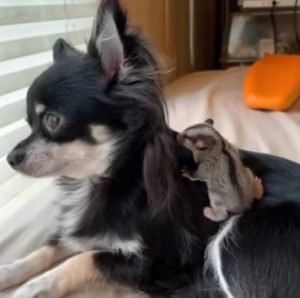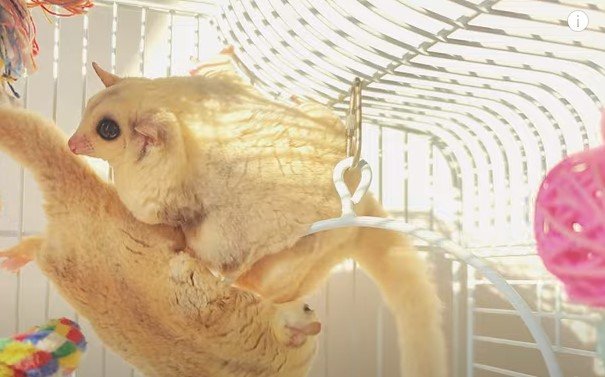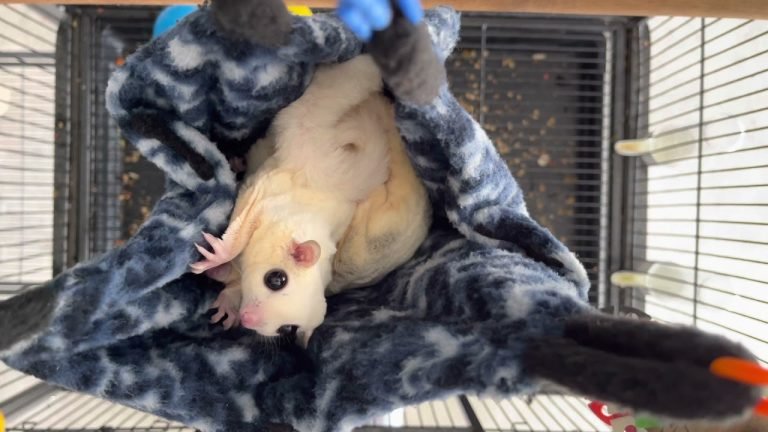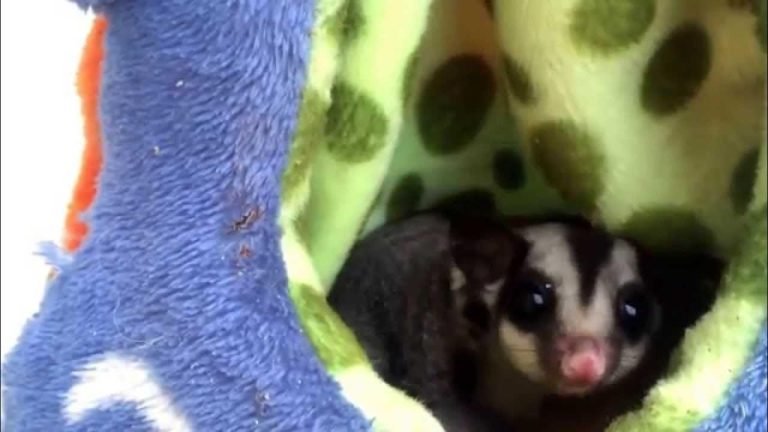Are Sugar Gliders Good With Dogs
Are Sugar Gliders Good with Dogs?
Yes, sugar gliders are generally good with dogs. These small, social creatures can form bonds with other animals, including dogs, when introduced properly and under the right circumstances. However, it’s important to approach any introduction between a sugar glider and a dog with caution and take certain factors into consideration to ensure the safety and well-being of both pets. Let’s dive deeper into the topic and explore the dynamics between sugar gliders and dogs.
Understanding Sugar Gliders and Their Social Nature
Sugar gliders are small nocturnal marsupials native to the forests of Australia, Indonesia, and New Guinea. They are highly social animals that form strong bonds with their own kind and their human caregivers. In their natural habitat, sugar gliders live in colonies and communicate through various vocal sounds, scent marking, and body language.
When kept as pets, sugar gliders benefit from regular social interaction and stimulation to prevent loneliness and promote their overall well-being. They thrive in environments that provide mental and physical enrichment through play, exercise, and companionship. While they primarily bond with their human owners, sugar gliders can also establish relationships with other animals, such as dogs.

The Importance of Proper Introduction
Introducing a sugar glider to a dog should be done gradually and under controlled circumstances. It is essential to ensure the safety of both pets and to facilitate a positive experience. Here are some steps to follow when introducing a sugar glider to a dog:
Step 1: Prepare an Enclosure
Before introducing the animals, create a safe and designated space for each of them. Keep the sugar glider in a secure enclosure and ensure that they cannot escape or be harmed by the dog. This will allow them to become familiar with each other’s presence without any direct contact.
Step 2: Scent Exchange
To familiarize the pets with each other’s scents, you can utilize a gradual scent exchange. Rub a cloth or toy on the sugar glider and then place it near the dog, and vice versa. This helps both animals become accustomed to the other’s scent without any physical interaction.
Step 3: Controlled Visual Introduction
Once both pets are familiar with each other’s scent, you can proceed with a controlled visual introduction. Use a baby gate or crate to separate them while allowing them to see each other. Observe their reactions closely and ensure that they are calm and not displaying any signs of aggression or fear.
Step 4: Supervised Interaction
If the visual introduction goes well and both animals appear calm and curious, you can proceed to supervised interaction. Keep them in separate enclosures initially and allow short periods of face-to-face interaction while closely monitoring their behavior. Gradually increase the duration as long as both pets continue to show positive responses.
Signs of Compatibility and Bonding
While every interaction between a sugar glider and a dog may differ, there are certain signs that indicate a positive compatibility and potential for bonding:
– Both pets show curiosity towards each other without signs of fear or aggression.
– The sugar glider remains calm and does not exhibit signs of distress such as excessive vocalization or attempts to escape.
– The dog remains gentle and does not display predatory behavior towards the sugar glider.
– Both pets show interest in each other’s company and engage in playful behaviors.
Potential Risks and Considerations
Although sugar gliders can generally get along with dogs, it’s essential to be aware of potential risks and take necessary precautions:
– Size Difference: Dogs are significantly larger than sugar gliders, and accidental harm can occur even with the best intentions. Continuous supervision and controlled interactions are necessary to prevent any incidents.
– Predatory Instincts: Some dog breeds have a higher prey drive than others. It’s crucial to assess your dog’s temperament and consult with a professional if necessary. Avoid introducing sugar gliders to dogs with a known prey drive or history of aggression towards small animals.
– Stress and Anxiety: Sugar gliders are highly sensitive to stress and can become frightened or overwhelmed easily. Monitor their behavior closely during interactions and provide them with a safe retreat in case they need to retreat to their enclosure.
– Health Concerns: Sugar gliders have specific dietary and environmental requirements. Ensure that the dog’s presence does not pose any health risks to the sugar glider and vice versa. Keep in mind that dogs may carry certain diseases or parasites that can harm or stress the sugar glider.
Frequently Asked Questions
Q: Can sugar gliders and dogs be left alone together?
It is generally not recommended to leave sugar gliders and dogs alone together, especially when they are still getting accustomed to each other. Continuous supervision is essential to prevent any accidents or potential harm to either pet.
Q: Can sugar gliders and dogs sleep together?
While it may be tempting to allow sugar gliders and dogs to sleep together, it’s not advisable. Sugar gliders have specific sleeping patterns and requirements that may not align with a dog’s habits. It’s important to provide separate sleeping areas for both pets to ensure their well-being.
Q: How long does it take for a sugar glider to bond with a dog?
The time it takes for a sugar glider and a dog to bond can vary. Some pets may establish a connection relatively quickly, while others may need more time to become familiar and comfortable with each other. Patience and gradual introductions are key to fostering a positive bond between the two.
Q: What other pets can sugar gliders get along with?
Sugar gliders can potentially get along with other pets, such as cats or other sugar gliders. However, introductions should always be done with caution and under supervision. Each pet has its own unique temperament and compatibility, so it’s crucial to consider their individual needs and behaviors.
Final Thoughts
While sugar gliders can form bonds with dogs, it’s important to approach introductions and interactions with caution. Always prioritize the safety and well-being of both pets and provide a controlled and supervised environment for them to interact. Not all dogs may be compatible with sugar gliders, and individual temperament plays a significant role. Consult with professionals if you have any concerns or questions about introducing a sugar glider to your dog. With proper care and consideration, it is possible for sugar gliders and dogs to coexist and form rewarding relationships.






